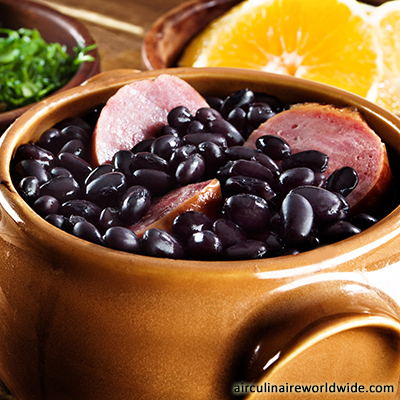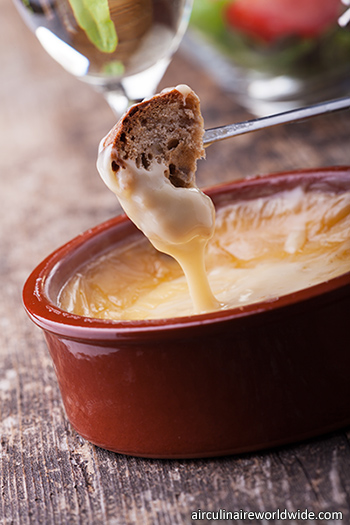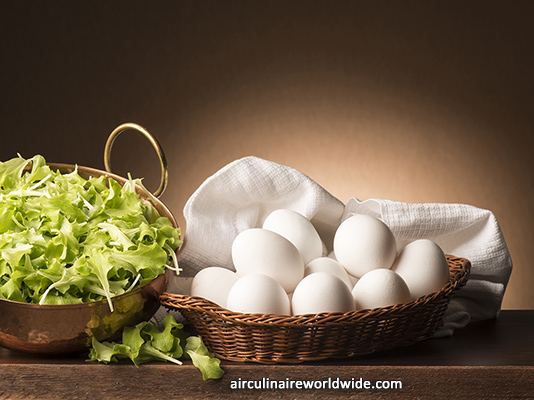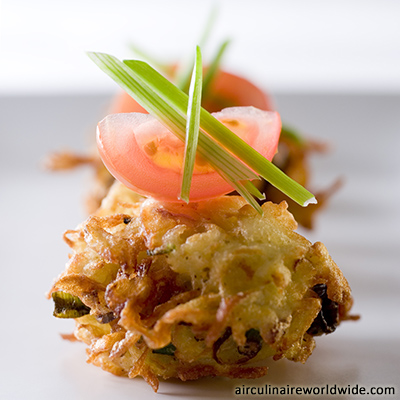Feijoada is a hearty stew which is enjoyed throughout Brazil, and has such incredible popularity that it was proclaimed the country’s national dish. While several types of meat are used in this stew, the name actually comes from the Portuguese word for “beans.” Feijoada originated during the time Brazil was being colonized by Portugal. This dish originated in Portugal, and variations of it can be found in countries that were settled by Portuguese explorers. While the specific types of beans and the cuts of meat used can vary from one region to the next, the traditional Brazilian version uses black beans with pork and beef. Try out this simple recipe for a taste of Brazil’s rich culinary heritage.
Ingredients
- 1 pound (450 g) dry black beans
- 4 ½ tablespoon (70 mL) olive oil
- 1 pound (450 g) pork shoulder chunks
- 2 large onions, sliced
- 1 head of garlic, peeled and chopped
- 1 pound (450 g) carne seca or corned beef chunks
- ½ pound (225 g) fresh chorizo
- 1 pound (450 g) linguica (smoked sausage)
- 1 smoked ham hock or shank
- 4 bay leaves
- 4 cups (1 Liter) water
- 1 14.5-ounce can (410 g) crushed tomatoes
- Salt, to taste
Directions
- In a pot, bring water to boil. Place black beans in second pot and pour boiling water over them.
- Heat olive oil in large pot over medium-high heat. Cook pork shoulder until brown. Once brown, remove pork shoulder from pot, and reserve.
- Add onions to pot and cook until brown. Make sure to stir onions. Sprinkle salt over onions. Stir in garlic and saute for few minutes.
- Place pork shoulder back in pot. Add sausages and carne seca. Pour in enough water to cover. Add bay leaves, cover, and bring to simmer.
- Cook for one hour. Drain black beans and add to feijoada pot. Simmer while covered until beans are tender (about 90 minutes).
- Add tomatoes, stir well, and add salt to taste. Simmer uncovered for 2-3 hours, or until meat starts falling off ham hock.
- Serve with white rice, collard greens, and your favorite hot sauce.
Enjoyed making this recipe? Follow us on Instagram and Twitter and tag your culinary creations with #ACWrecipes. Have questions? Tweet @airculinaire.








